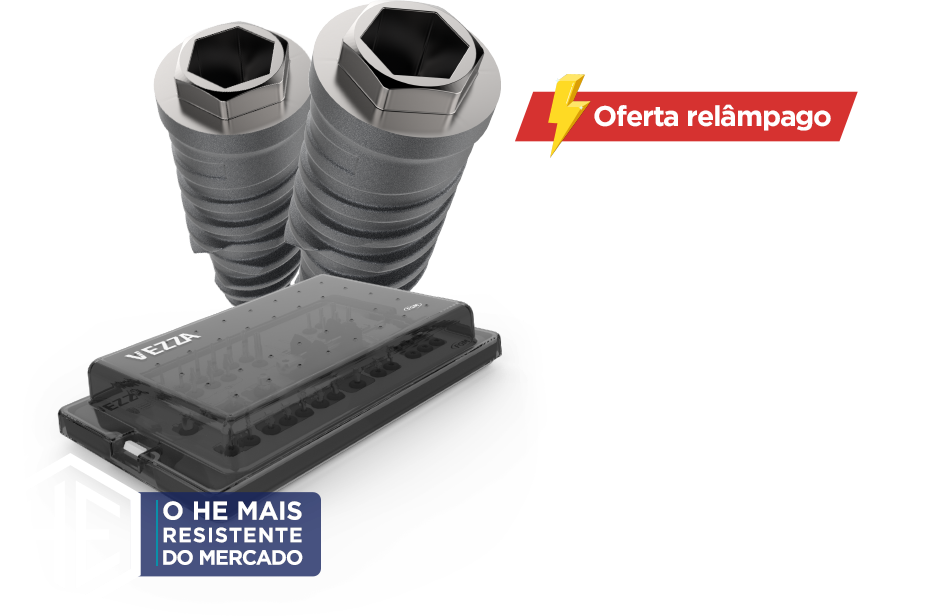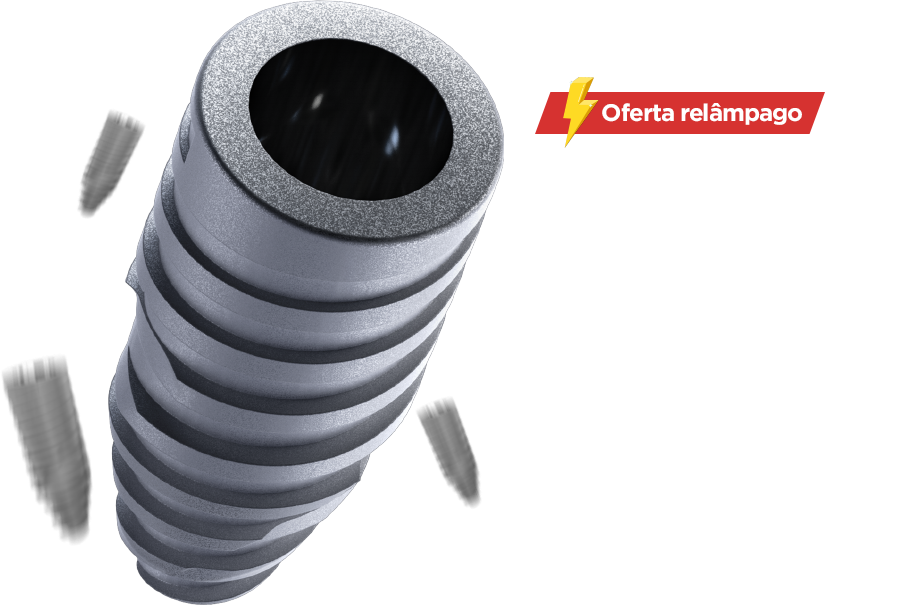Bone grafts
The use of biomaterials in the dental clinic has become routine and extremely important for obtaining the triad of health, function and aesthetics in dental implant rehabilitations. However, there are doubts regarding which, when and how to use them to achieve success in regenerations. Bone grafts can be obtained from different sources: autogenous (same individual), allogenic (same species), xenogeneic (different species) or alloplastic (synthetic) 2,3. They act through three different mechanisms, which may or may not be associated:
Osteogenesis:
Bone growth is derived from viable cells. New bone is regenerated by osteoblasts and cells originating from the marrow transferred with the graft1, and is able to promote the synthesis of new bone tissue soon after the surgical procedure4.
Osteoinduction:
Bone growth is derived from osteoprogenitor cells, which differentiate under the influence of inducing agents, i.e., it is characterized by the ability to recruit new bone-forming cells to the grafted site4.
Osteoconduction:
Bone growth results from appositional neoformation. They form an interconnected contour for cellular deposition and proliferation with osteoblastic activity1. Thus, they enable adhesion and proliferation for the sedimentation of new bone and the formation of new blood vessels4.
Synthetic grafts are mostly made of pore-ceramics based on hydroxyapatite (HA) and ß-tricalcium phosphate (ß-TCP). Both are highly biocompatible, with HA having a longer degradation time than ß-TCP8 (Fig. 1). Associated with the evolution of regenerative science, they have gained a lot of space in the dental field due to the limitations of autogenous, allogenic and xenogeneic grafts. They have the advantages of not being pathological, readily available and can be processed according to their physical-chemical properties, despite not having the properties of osteogenesis and osteoinduction7.
Hydroxyapatite is used in various medical areas due to its chemical and structural characteristics. It does not cause an exacerbated or unwanted inflammatory response and is neither antigenic nor carcinogenic8. ß-TCP is highly osteoconductive, with enormous resorption capacity, presenting very satisfactory clinical and histological results compared to other ceramics, both in animals and in humans8,10,11,12,13,14.
Pure ß-TCP compounds do not present a balance between the rate of resorption and bone formation, needing to be associated with HA to maintain a contour in the implanted area for longer. As ß-TCP is absorbed, more spaces become available to be filled by osteoprogenitor cells, accelerating the bone regeneration process. 8,13,14
The expected clinical results and behavior of biomaterials are directly influenced by their mechanical characteristics, proportion, physical-chemical composition, size and morphology of their particles.4.
Synthetic materials with nanometric structures are presented as the best choice for graft procedures, since they mimic natural bone that is nanostructured (composed of HA nanocrystals and collagen nanofibers), assuming a highly porous interconnected structure4, which favors vascularization, osteoblast migration and bone deposition.
From the biochemical point of view, micro and nano pores allow even better oxygenation of the bone tissue in formation, due to the presence of specific chemical groups at the interfaces of the biomaterial, in addition to increasing the adhesion of osteoblasts between these cells and the biomaterial.
The size of HA granules interferes with the production of several cytokines. Spherical HA granules (from 150 to 300 micrometers) induce the lowest amounts of IL-6 and TNF-alpha (related to osteoclast activation) and can also stimulate the production of IL-18, which leads to a lower amount of osteoclasts. This balance between lower levels of IL-6 and TNF-alpha, coupled with an elevation in IL-18 levels, may lead to increased bone tissue.4
Composition

Nanosynt (60:40)

ß Tricalcium phosphate Ca3(PO4)2

Hydroxiapatite Ca10(PO4)6(OH)2
Among the indications for synthetic grafts, we can name:
Reconstruction (horizontal and/or vertical) in cases of bone defect in the alveolar ridge.

Bone defect requiring reconstructive approaches, both in height and thickness.

After installation of implants guided by reverse planning.

The region is regenerated with Nanosynt.
Maxillary sinus lift.

Exposure of the sinus area for elevation of the maxillary sinus floor.

Accommodation of the Nanosynt synthetic biomaterial (500-1000um) associated to L-PRF in the surgical site.

Postoperative CT scan after eight months of preservation.
Biomaterials based on biphasic calcium phosphate have shown safe, predictable and very reliable results. Scientific research and clinical results have demonstrated the high regenerative potential of synthetic biomaterials, with similar or even superior performance when compared to known brands of animal origin. This is due to the association of chemical, physical and morphological characteristics (related to porosity), associated with the economic benefits and lower morbidity made possible by these biomaterials.



























